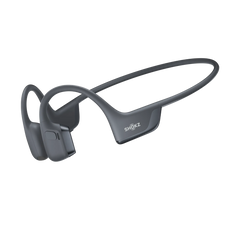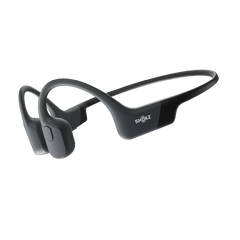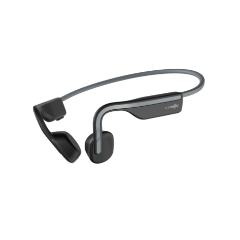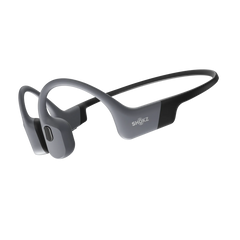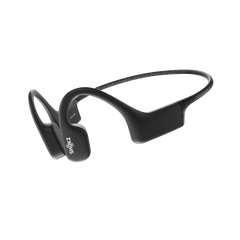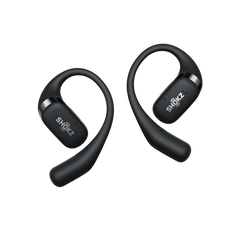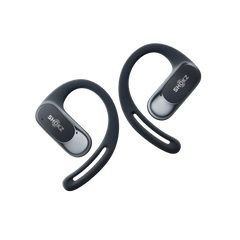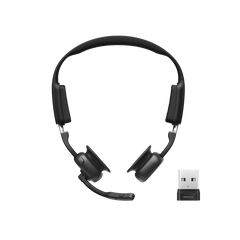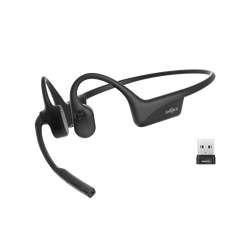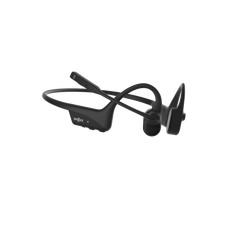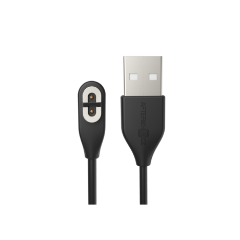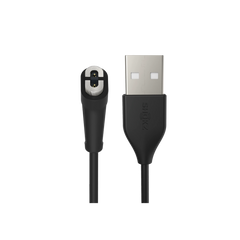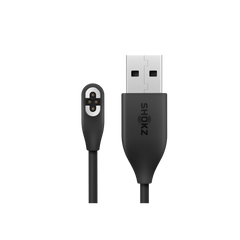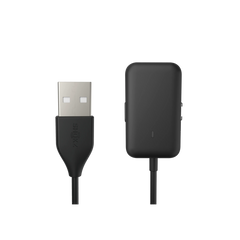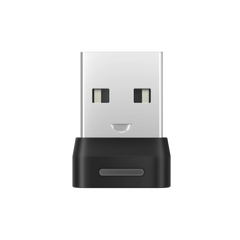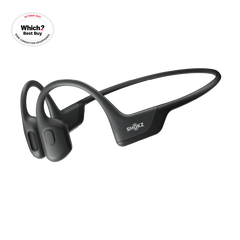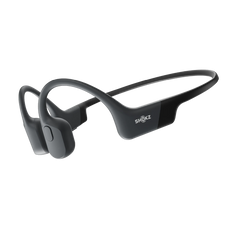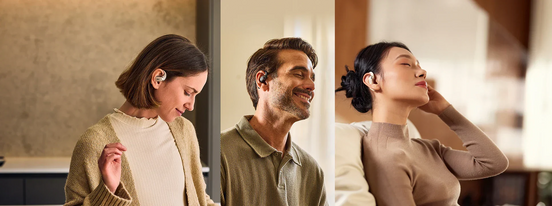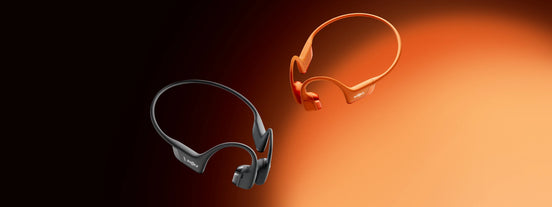-
What Are Bone Conduction Headphones?
-
How Do Bone Conduction Headphones Work?
-
Comparing Traditional Headphones with Bone Conduction Headphones
-
Are Bone Conduction Headphones Safe?
-
Myths About Bone Conduction Headphones Safety
-
Conclusion
Introduction
The headphone marketplace has been an ever-evolving one. From wired headphones to wireless earbuds, there are many products on the market to choose from.
One particular headphone technology that has taken the market by storm in recent years is bone conduction headphones. As with any new popular product out there, it's always important to consider safety considerations. You want headphones that support your auditory health.
How Do Bone Conduction Headphones Work?
As the name suggests, these headphones use bone conduction technology to deliver sounds. Unlike traditional audio devices, bone conduction headphones don’t send sounds through the air. These headphones use built-in transducers to convert audio signals into vibrations—bypassing the eardrum. These vibrations often vary in frequencies and intensities depending on the audio being played.
Bone conduction headphones are worn in front of the ear, sending vibrations to your cheekbones. The bone-conducted vibrations directly stimulate the cochlea. It converts the vibrations into electrical signals sent to the brain via the auditory nerve. The brain interprets these signals as sound.
Comparing Traditional Headphones with Bone Conduction Headphones
Traditional headphones have long been the standard and are known to provide immersive sound experiences by enveloping the ears. In contrast, bone conduction technology takes a different approach, which focusess on situational awareness and comfort. This comparison will highlight how each type impacts your listening experience.
Traditional Headphones
Traditional headphones excel in creating an immersive audio environment effectively blocking out external noise. This isolation allows for a concentrated listening experience. However, this very feature can also be a drawback. The constant pressure on the ears and the direct sound delivery can lead to auditory fatigue. This makes it necessary to take regular breaks to prevent discomfort and potential hearing damage.
Bone Conduction Headphones
Bone conduction headphones, on the other hand, prioritizes situational awareness and ear comfort. Since they send sound vibrations to the bones of your skull, this allows your ears to remain open to ambient sounds. It heightens situational awareness which is a crucial feature for outdoor activities.
Also, since they don’t sit inside or over the ears, bone conduction headphones are less straining to use. They provide a comfortable alternative for those who find traditional headphones uncomfortable or intrusive.
Are Bone Conduction Headphones Safe?
When you first learn about bone conduction headphones, it's not uncommon to be weary. Many wonder how safe are bone conduction headphones and if they can cause any hearing loss. Bone conduction headphones present several safety benefits over traditional headphones that everyone should be aware of.
First, you can still hear your surroundings while using these headphones. This is because they are placed on the cheekbones, and no part of them is placed on or inside of the ear. With traditional headphones, you have some parts of the headphones blocking the ear and your ability to hear your surroundings.
One of the biggest struggles most people have with in-ear headphones is that they can lead to compacted earwax blockages. This can lead to trouble hearing and require medical help to remove. In some cases, people even deal with infections because of trapped bacteria in the ear created by the earbuds. With bone conduction headphones, there's never any part of the device that enters the ear. In fact, the ears are left open so they can naturally get rid of earwax and bacteria.
Another great benefit of using bone conduction headphones over traditional headphones is that they don't use as much of your hearing system. Because they can skip the eardrum with their unique sound delivery process, this helps to eliminate your risk of damaging the eardrum while listening to music. The fewer parts of the auditory system you use, the less likely they are to be damaged.
Myths About Bone Conduction Headphones Safety
As with any new product that comes out on the market, people have many different opinions about it. When it comes to bone conduction headphones, there are, unfortunately, many myths that have surfaced. It's a good idea to understand some of these myths and debunk them so that you fully understand the technology behind bone conduction headphones and how they can benefit you.
Myth #1: Bone conduction headphones are uncomfortable.

One of the most common misconceptions about bone conduction headphones is that they are uncomfortable to wear over time, much like most traditional headphones. But the thing is, bone conduction headphones are designed differently. These are remarkably lightweight and are positioned on the cheekbones rather than over or inside the ears. This distinctive placement often leads to a more comfortable experience.
Debunking the Myth
Regular headphones can sometimes cause discomfort, such as external compression headaches. This issue arises from the tightness when a headgear is too tight or worn for extended periods. While not everyone experiences these issues, it's not uncommon for traditional headphones users to report some discomfort, particularly during prolonged use.
In contrast, bone conduction headphones offer a different experience. By bypassing the outer ear entirely, they avoid the common pressure points associated with traditional headphones. This means no discomfort from earbuds pressing into the ear canal or headbands clamping over the head. Bone conduction headphones offer a noticeably more comfortable alternative for users who engage in long listening sessions or those who are sensitive to the pressure from conventional headphones.
Myth #2: Bone conduction headphones cause hearing loss.
A prevalent myth surrounding bone conduction headphones is their supposed link to hearing loss. While this concern has a kernel of truth, it's crucial to understand the facts. Any type of headphones, whether bone conduction, in-ear, or over-the-ear, can potentially cause hearing damage. This is especially true when using them at excessively high volumes for extended periods.
Debunking the Myth
A 2021 research published in the National Library of Medicine sheds light on this issue. It reveals that approximately 1.7% of the global population suffers from noise-induced hearing loss. Interestingly, the study also finds that individuals using headphones in noisy environments are about 4.5 times more likely to experience hearing loss.
Bone conduction headphones have a unique advantage. Their design, which involves stimulating the area near the ear canal opening, significantly improves sound sensitivity. This means that these headphones can effectively transmit sound at lower volumes.
Moreover, how bone conduction headphones transmit sound keeps the ear canal open. This design is beneficial in noisy surroundings, as it eliminates the need to crank up the volume to overpower ambient noise.
Myth #3: Bone conduction headphones can cause brain damage.
It's not uncommon to think that having vibrations through your cheekbones can lead to brain damage over time. However, it's important to put these vibrations into a realistic perspective. The vibrations that are sent from bone conduction headphones into the skull are at a very mild level. Our bodies experience more powerful vibrations daily than the bone conduction headphones can produce.
Debunking the Myth
The study authored by Mingduo Zhao, Anders Fridberger and Stefan Stenfelt reveals that while different bone conduction vibration frequencies can influence hearing sensations; it is not strong enough to damage the brain. This finding helps dispel concerns about potential brain damage from using bone conduction headphones, affirming their safety for regular use.

Myth #4: The sound quality is subpar compared to regular headphones.
When it comes to the sound quality of bone conduction headphones, it's important to realize that it's a bit different than that of traditional headphones. In most cases, when you put on traditional headphones, you don't have to adjust any of the settings. Rather, you just get a clearer quality sound right off the bat.
Debunking the Myth
The study by U.S. Army Research Laboratory explains that while the experience of sound in bone conduction headphones differs from air-conducted hearing, it does not inherently mean lower quality. It's more about understanding and adjusting to the different ways these headphones deliver sound.
With appropriate tuning through sound equalizers, bone conduction headphones can achieve a level of immersion, bass, and clarity that rivals conventional headphones. This makes them an excellent choice for both casual music listening and phone conversations.
Conclusion
If you're in the market for new headphones, you must check out the bone conduction headphones. These are not only safer to use than other types of headphones on the market today, but they also allow you the benefit of having more situational awareness when you're using them. Be sure to check out Shokz bone conduction headphone product lineup today to get your hands on the newest technology taking the market by storm.
